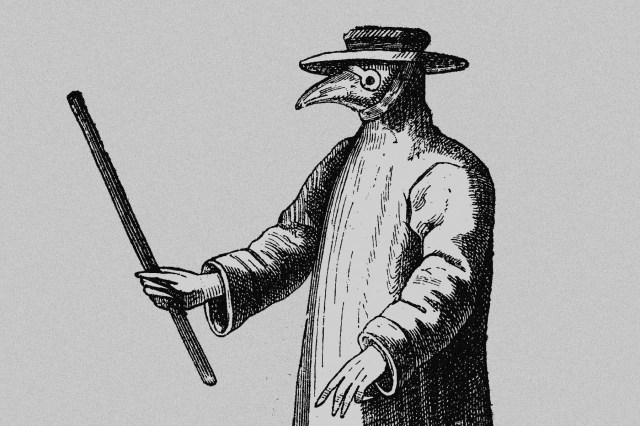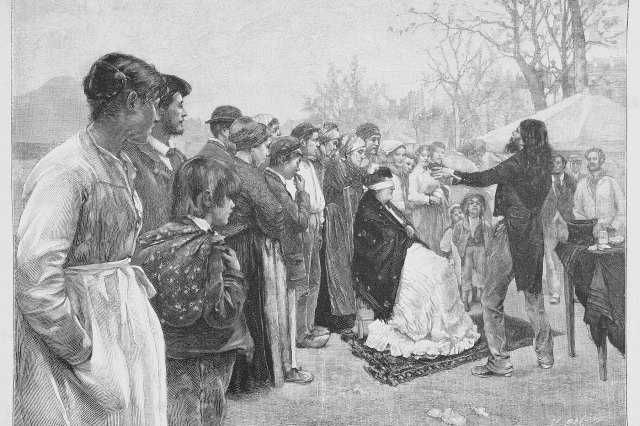The man who discovered oxygen also invented seltzer.
Chemist Joseph Priestley may not be a household name, but his discoveries impact most of our everyday lives. Born near Leeds, England, in 1733, Priestley not only invented carbonated water (plus the pencil eraser) during his career, but he also independently discovered the atomic element oxygen. Of these accomplishments, his creation of seltzer came first, in 1767, when he lived near a brewery and was fascinated by the gaseous vapors it produced. Priestley mixed sulfuric acid and chalk to form carbon dioxide (though he didn’t know what it was at the time) and used the compound to add bubbles to still water. Shortly thereafter, he earned the prestigious Copley Medal for his publication “Directions for Impregnating Water With Fixed Air.” The beverage was later named “seltzer” in honor of the natural springs found in the German town of Selters.
When it comes to oxygen, Swedish chemist Carl Wilhelm Scheele actually studied the element in 1772, predating Priestley. However, Scheele’s findings weren’t published until 1777, allowing Priestley to conduct groundbreaking studies in the interim. On August 1, 1774, Priestley experimented by heating the red mercuric oxide of a candle to produce a then-mysterious colorless gas that was capable of supporting life. Two months later, Priestley presented his findings to French chemist Antoine Lavoisier, who conducted tests of his own, which proved to be more thorough and scientifically accurate. Priestley pushed back on Lavoisier’s subsequent findings, instead embracing archaic scientific theories such as the existence of a fire-like element called phlogiston. Lavoisier persisted, however, and named the new gaseous element “oxygen,” after the Greek “oxy genes,” meaning “acid-forming.”
You may also like
Recommendations For You
-
01.
 Science & Industry
Science & IndustryWhy Did Doctors Wear Beak Masks During the Bubonic Plague?
-
02.
 Science & Industry
Science & Industry5 Inventions That Came Out of the Great Depression
-
03.
 Science & Industry
Science & Industry6 Amazing Breakthroughs Made by the Ancient Greeks
-
04.
 Science & Industry
Science & Industry6 Shocking “Scientific” Beliefs From Victorian England











